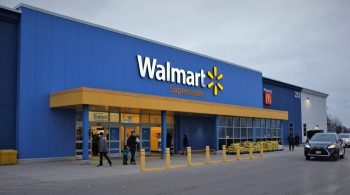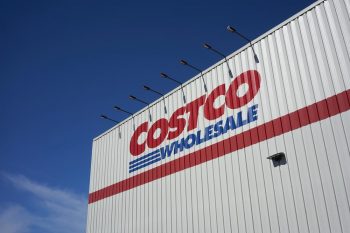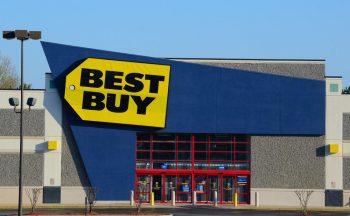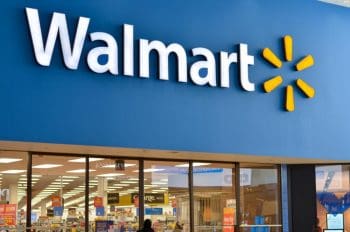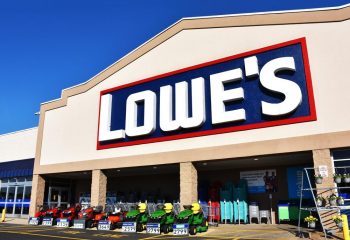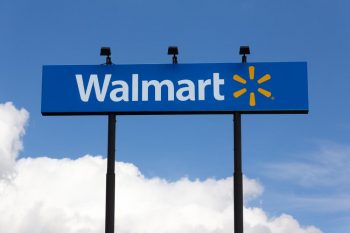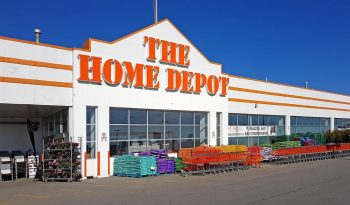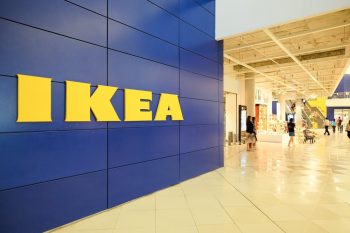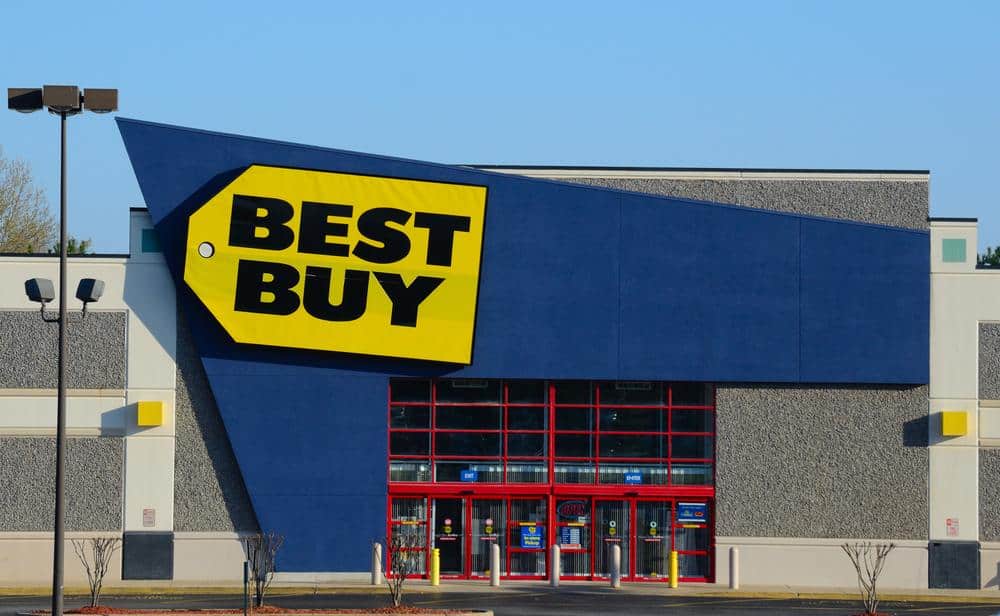
In 2012, Best Buy, one of the largest electronics retailers in the world, was on the brink of collapse. Facing stiff competition from online retailers like Amazon and discount chains like Walmart, the company’s profits were dwindling, and its future looked bleak. However, over the next few years, Best Buy made a remarkable turnaround. So, how did Best Buy manage to revive its fortunes? This comprehensive article delves into the strategies and tactics Best Buy employed to transform from a struggling brick-and-mortar store into a thriving omnichannel retailer.
Best Buy’s turnaround was achieved through several key initiatives led by former CEO Hubert Joly. These included introducing price-matching to combat showrooming, creating dedicated selling areas within stores for key suppliers, expanding services like the Geek Squad, implementing a people-centric approach to boost employee engagement and customer service, managing costs effectively, and emphasizing the growth of its online business. These strategic moves helped Best Buy transform from a struggling brick-and-mortar store into a thriving omnichannel retailer.
The Challenges Best Buy Faced
Before we delve into Best Buy’s turnaround, it’s essential to understand the challenges the company was grappling with. These included:
- Showrooming: Customers would visit Best Buy stores to examine products but then purchase them online from competitors at lower prices.
- Customer Experience: The in-store experience needed significant improvement to attract and retain customers.
- Services: With the rapid pace of technological advancement, consumers required assistance in determining what products to buy and how to use them.
- Employee Engagement: Best Buy’s frontline workers were critical to the company’s success, and their engagement and satisfaction needed to be addressed.
The Turnaround Strategy
The turnaround strategy, led by former CEO Hubert Joly, was based on several key initiatives:
Price-Matching
To combat showrooming, Best Buy introduced price-matching, eliminating the price advantage of online competitors.
Store-within-a-Store Concept
Best Buy partnered with key suppliers like Apple, Samsung, Sony, and Microsoft to set up dedicated selling areas within Best Buy locations. This move not only enhanced the customer experience but also strengthened relationships with suppliers.
Services Expansion
Best Buy introduced services like the Geek Squad to help customers with product selection and usage. This move helped Best Buy stand out from its competitors and provided added value to customers.
Employee Engagement and Customer-Centricity
Joly implemented a people-centric turnaround, investing in employees, and connecting their work with the company’s purpose. This approach not only improved staff morale but also led to better customer service.
Cost Management
Best Buy implemented cost-saving measures to improve operational performance and financial stability.
Online Business Growth
The company put a lot of emphasis on growing its online business, which helped increase sales and compete with e-commerce giants like Amazon.
Key Individuals Behind the Turnaround
The main individuals involved in implementing Best Buy’s turnaround strategy were Hubert Joly, who served as the CEO from 2012 to 2019, and the company’s employees. Joly played a crucial role in the turnaround by instituting several critical changes, such as offering price-matching, revamping the company’s key performance indicators (KPIs), and focusing on a purpose-driven leadership approach. He also emphasized the importance of listening to employees and connecting their work with the company’s purpose.
The Impact of the Turnaround on Best Buy’s Relationships
Best Buy’s turnaround had a significant impact on its relationships with both customers and suppliers. The company shifted its focus to a customer-centric approach, which involved improving the in-store experience, investing in employee training, and offering price-matching to compete with online retailers. This approach led to an increase in the company’s Net Promoter Score, signaling progress in enhancing the customer experience.
On the supplier front, Best Buy worked closely with suppliers to improve its supply chain and reduce product damage. For example, the company collaborated with suppliers to minimize the likelihood of TVs breaking during handling, saving $200 million per year.
Key Milestones and Achievements
Best Buy’s turnaround involved several key milestones and achievements. These included:
- The introduction of price-matching to eliminate the advantage of online competitors.
- The reduction of key performance indicators (KPIs) from 40-50 to just two, focusing on revenue and margins.
- The prioritization of creating meaning for employees.
- The removal of over $1 billion of costs from the company by streamlining processes, removing layers of management, and improving the supply chain.
- The implementation of a ship-from-store initiative, turning its retail stores into mini-distribution centers for online orders.
- The expansion of its In-Home Advisor program in 2017, offering free advice to customers on technology products and installation services.
These strategic moves and achievements contributed to Best Buy’s impressive turnaround, helping the company regain its footing in the competitive retail landscape and grow its sales and market share.
Conclusion
Best Buy’s turnaround is a testament to the power of strategic change and the importance of a customer-centric approach. Despite facing stiff competition and shifting consumer habits, Best Buy managed to reinvent itself and emerge stronger than ever. Through a combination of price-matching, improving the in-store experience, expanding services, focusing on employee engagement, and growing its online business, Best Buy has positioned itself as a leader in the electronics retail industry. The company’s story serves as an inspiration for other retailers struggling in today’s challenging market.
Frequently Asked Questions
What is showrooming?
Showrooming is a practice where customers visit physical stores to check out products but then purchase them online, often at lower prices. This trend was a significant challenge for Best Buy, as customers would use its stores as showrooms and then buy the products from online competitors.
Who is Hubert Joly?
Hubert Joly is a French-American business executive who served as the CEO of Best Buy from 2012 to 2019. He is credited with leading the successful turnaround of the company during his tenure, implementing key changes such as price-matching, focusing on a purpose-driven leadership approach, and revamping the company’s key performance indicators.
What is Geek Squad?
Geek Squad is a tech support service owned by Best Buy. They offer services both in-store and at customers’ homes, helping with product selection, setup, and troubleshooting. The introduction of Geek Squad was a crucial part of Best Buy’s turnaround, as it provided added value to customers and helped differentiate Best Buy from its competitors.
What is the ship-from-store initiative?
The ship-from-store initiative is a strategy where retail stores also serve as distribution centers for online orders. This approach was adopted by Best Buy as part of its turnaround strategy to boost its online business and provide faster delivery times for online orders.
What is a Net Promoter Score?
Net Promoter Score (NPS) is a measure of customer satisfaction and loyalty. It is calculated based on customers’ willingness to recommend a company’s products or services to others. An increase in NPS indicates progress in enhancing the customer experience, which was a key focus area in Best Buy’s turnaround strategy.


